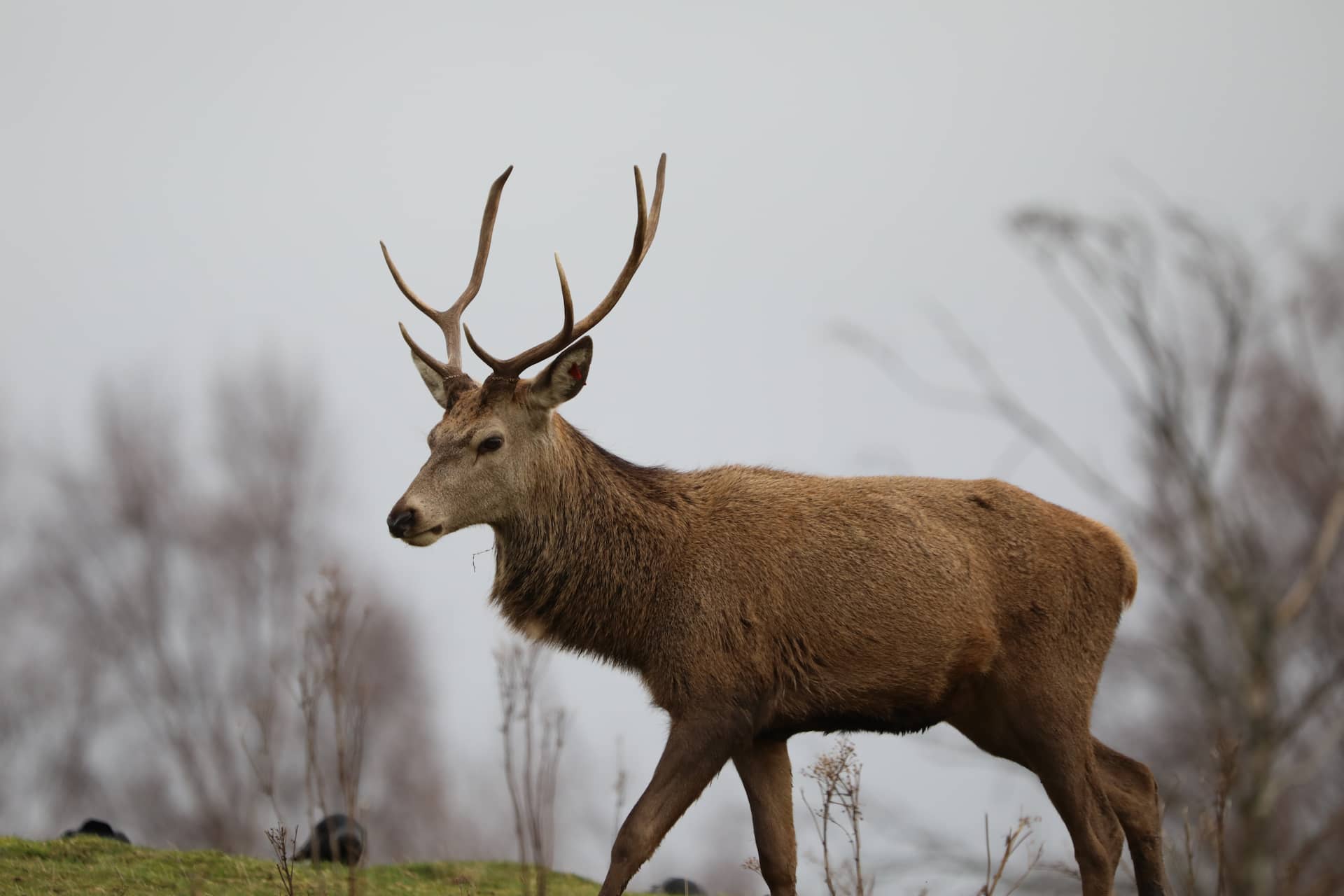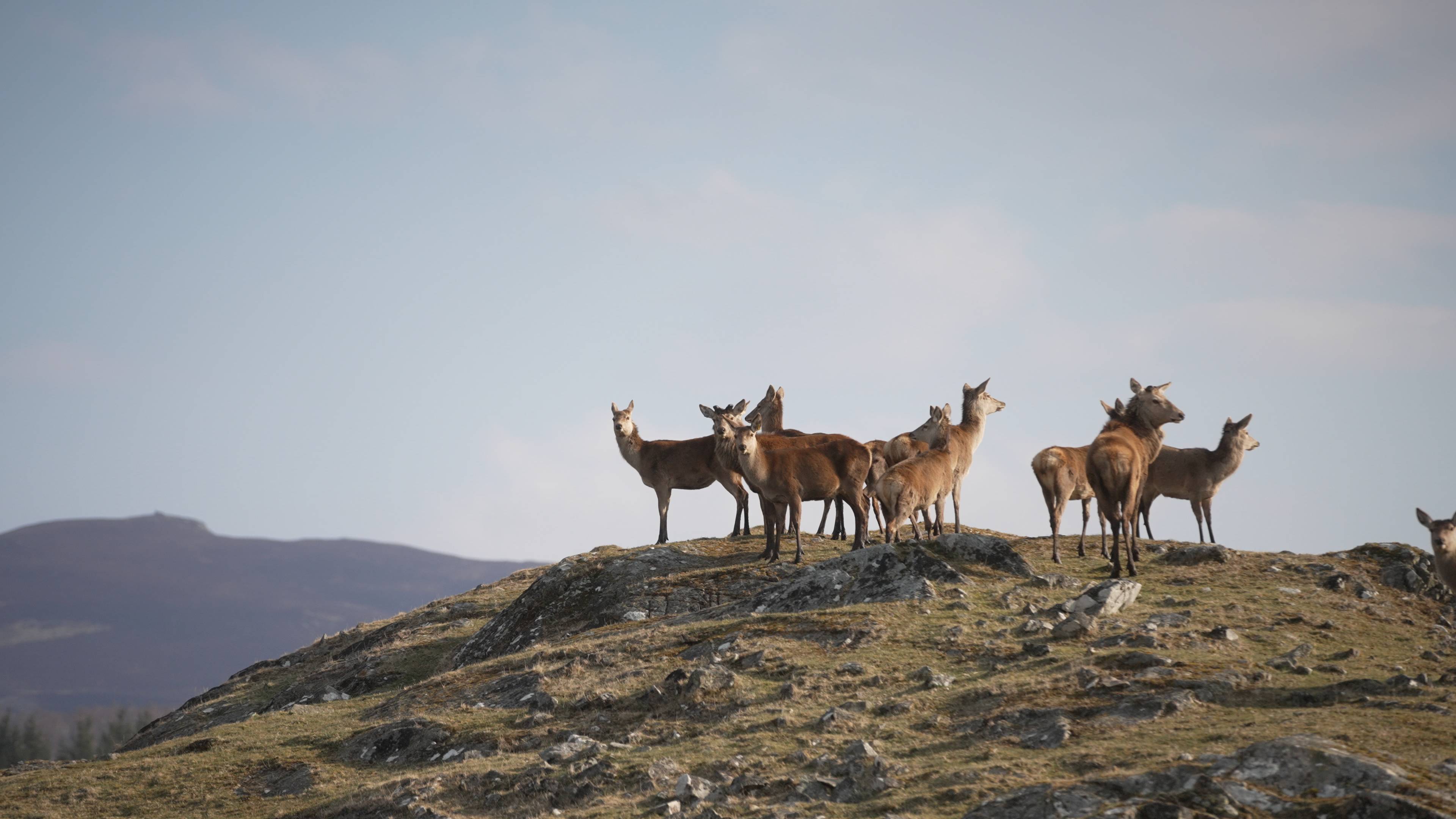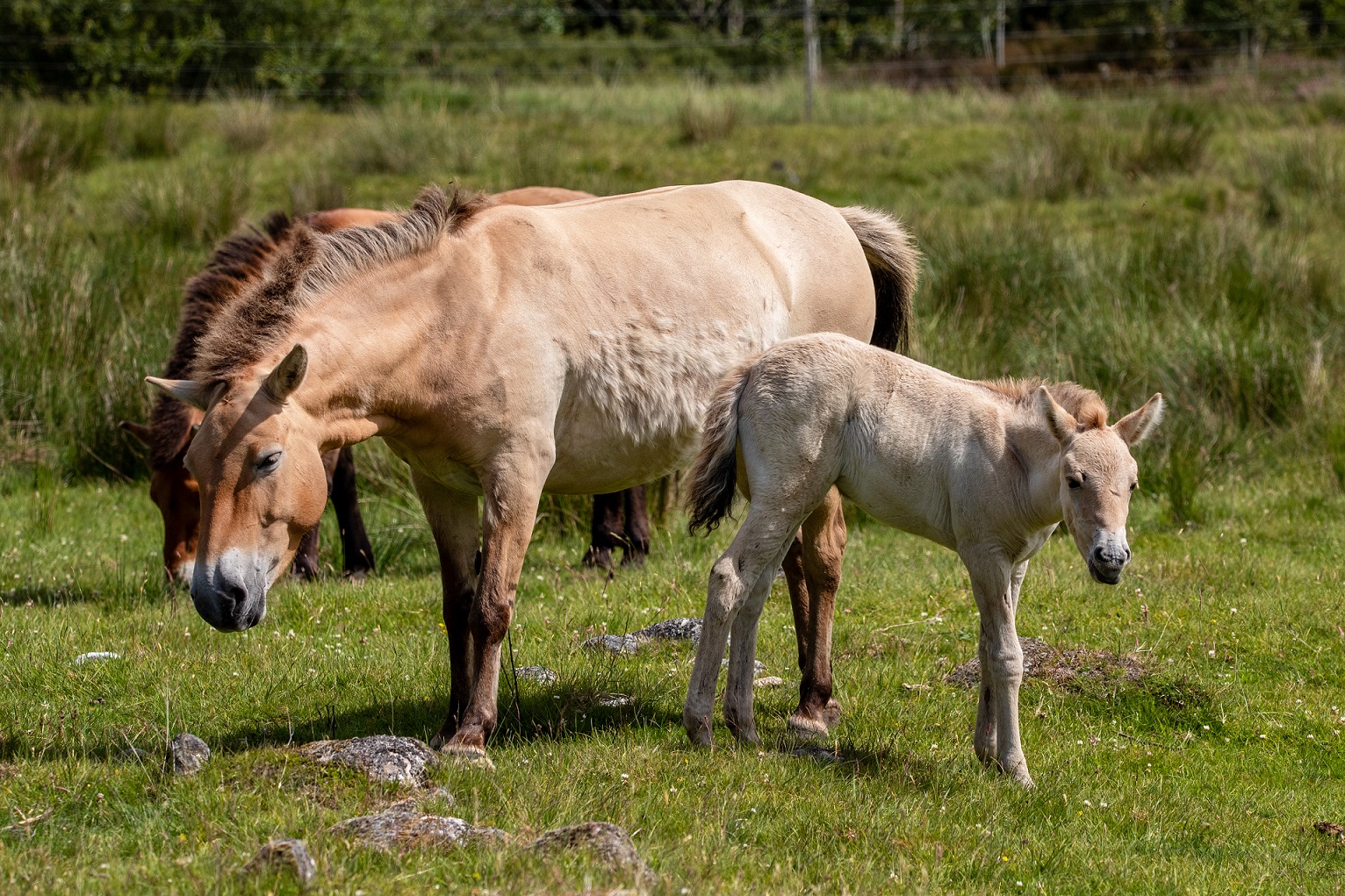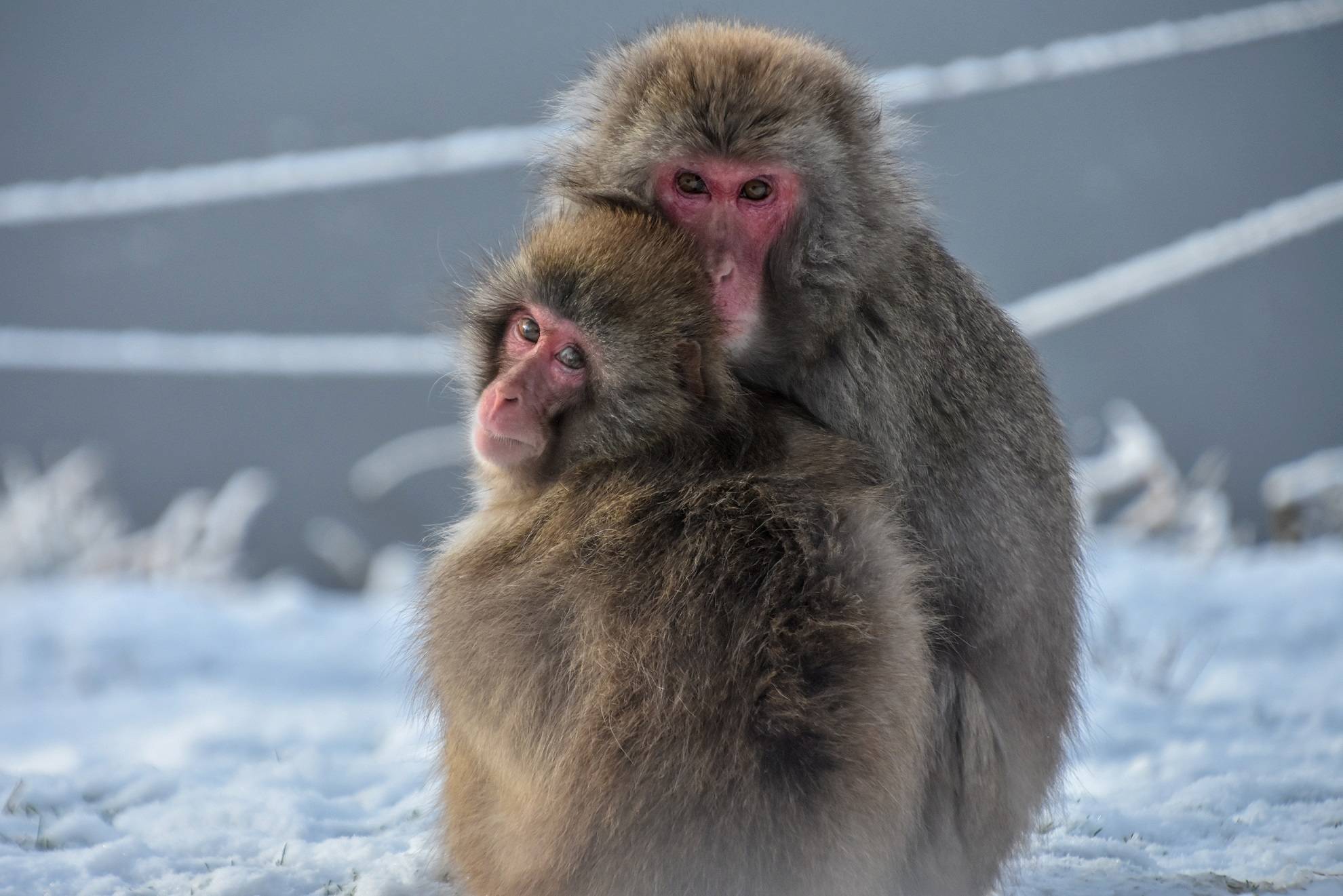Red deer
Cervus elaphus

You can spot our large herd of red deer in the drive-through reserve. You can recognise them by their reddish-brown summer coats.
Red deer are among the biggest and most common deer species. They live across Europe, parts of Asia and northwest Africa. They are adaptable animals that thrive in many different places, from open grasslands to thick woodlands.
Male red deer are called stags. They have impressive, branching antlers that they shed and regrow every year. These antlers are made of bone and can weigh up to 15 kilograms. They are one of the fastest-growing tissues in the animal kingdom, growing up to 2.5 centimetres per day during peak growth.
Female red deer are known as hinds. They usually give birth to a single calf after leaving their herd to find a secluded spot. The calf is born with a spotted coat for camouflage.
Population
Increasing
Diet
Herbivore
Habitat
Grasslands
Fact file
Red deer are the UK's largest species of deer - and the largest land mammal in Britain
Males have large, branching antlers, increasing in size as they get older. Their antlers can measure up to one metre in breadth and weigh as much as 15kg!
In the Scottish Highlands, stags chew on the old antlers when they fall off. These bony antlers are rich in calcium, which is deficient in many soils of the Highlands

How we're helping
Like all the animals in our care, our deer are amazing ambassadors for their relatives in the wild and help hundreds of thousands of people connect with nature every year. They encourage visitors to learn about the threats facing wildlife and the action they can take to help create a world where nature is protected, valued, and loved.
As a wildlife conservation charity, we care for the animals here at the park and work to protect species at risk around the world. From providing expertise in genetics and veterinary health to protecting wild places with local conservation partners, and even restoring threatened species to the wild, we are active where we are needed most.
Find out more about RZSS conservationLatest red deer news
View all news
17 Jul 2025
Three minute read

